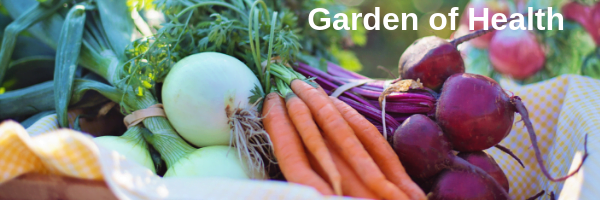 We usually have a garden – a really big garden. It’s a lot of work, no doubt, but the rewards bring us back year after year. Somehow the magic of plants sprouting forth from the earth and growing into a bounty of food helps us forget all the sweat that goes into the whole process.
We usually have a garden – a really big garden. It’s a lot of work, no doubt, but the rewards bring us back year after year. Somehow the magic of plants sprouting forth from the earth and growing into a bounty of food helps us forget all the sweat that goes into the whole process.
I’m the grunt laborer that discs, tills, hoes, and gets the water system going each year. Starting seedlings indoors is a family project early in the spring. Our children started out first crawling, then toddling, and finally running and playing in the garden.
We compost all of our kitchen scraps and combine them with manure to build a massive compost pile. It takes a year for the whole thing to fully break down, turning into beautiful rich black compost fertilizer. Although I have analyzed the soil over the years with soil test kits, there isn’t much need anymore as organic compost fertilizing makes it easy to have nutrient rich and balanced soil.
My wife is the expert at canning, pressure canning, freezing, drying and root cellaring produce. To give you an idea of just how much garden I’m talking about, one year we put about 300 pounds of potatoes and 20 varieties of garlic into the cellar, along with bushels of beets, carrots and onions. A few years ago we stored about 100 winter squash of various types under the stairs. In a good year we’ll can 50 quarts of my favorite tomato-basil sauce and dozens of jars of everyone’s favorite bread-n-butter pickles.
Herbs such as basil, dill, thyme, oregano, parsley and sage are easy to grow and enjoy fresh most of the year. Drying them is simply a matter of hanging the plants upside down in the pantry until they are crispy, then filling small mason jars with our favorites.
While it’s true that most anything picked straight from the garden is bound to be good, and good for you, certain plants top the charts when it comes to nutrition. Some plants are more calorie dense, such as potatoes, while others are especially chocked full of health promoting compounds. With a little planning you can have a veritable preventative medicine cabinet of garden produce.
Healthy Garden Groups
Three of the main healthy compounds in fruits and vegetables are the carotenoids, isothiocyanates and the flavonoids, which together help with detoxification while fighting against oxidation and inflammation. High intake of these compounds is associated with less cancer, heart disease and other degenerative changes associated with aging. They also helps us look and feel better at any age.
The carotenoids are found in red, orange, yellow and green fruits and vegetables. They contain more than 600 anti-oxidants including alpha-carotene, beta-carotene, lycopene, lutein, and astaxanthin. You can find them in carrots, squash, apricots, sweet potatoes, red and yellow peppers, tomatoes, spinach, kale, collard greens, basil, paprika, cayenne, and chili pepper.
The isothiocyanates are a group of 1,000-plus natural molecules typically found in cruciferous vegetables. Foods rich in these include wasabi, horseradish, mustard, radish, Brussels sprouts, watercress, nasturtiums, and capers. Similar compounds, such as indole-3-carbinol and glusinolates are found in broccoli, chicory, Swiss chard, escarole, endive and parsley.
The flavonoids are probably the most commonly recognized antioxidants actually referring to more than 6,000 different molecules. Many of them are pigments, so brightly colored foods are likely to contain them, especially the black, blue, purple and red fruits and vegetables such as blueberries, cranberries, raspberries, blackberries, cherries, grapes, peaches, eggplant, red cabbage, and red onions.
Garden of Health
Food is our first, best medicine, and getting a rainbow of brightly colored fruits and vegetables is the place to start. You don’t need to be overly scientific to plan a variety of plants for a garden that round out the many different health compounds.
If you live in town consider turning a small part of your yard into a garden. You also can use pots or buckets to grow a significant amount of food. Learn to create compost as it makes fertilizing and soil management easier, plus it can recycle tons of kitchen scraps.
If you can’t manage a garden of your own, then buy directly from someone else who gardens, and delight in walking through the soil and plants to see where your food came from. Look for local producers or farmer’s markets. Consider a co-op with neighbors.
A garden is truly a medicine chest for good health and there is nothing better than harvesting meals from a home garden. Enjoy fresh, seasonal, organic produce raised by your own hands.
Author
Scott Rollins, MD, is Board Certified with the American Board of Family Practice and the American Board of Anti-Aging and Regenerative Medicine. He specializes in bioidentical hormone replacement for men and women, thyroid and adrenal disorders, fibromyalgia and other complex medical conditions. He is founder and medical director of the Integrative Medicine Center of Western Colorado (www.imcwc.com) and Bellezza Laser Aesthetics (www.bellezzalaser.com). Call (970) 245-6911 for an appointment or more information.


